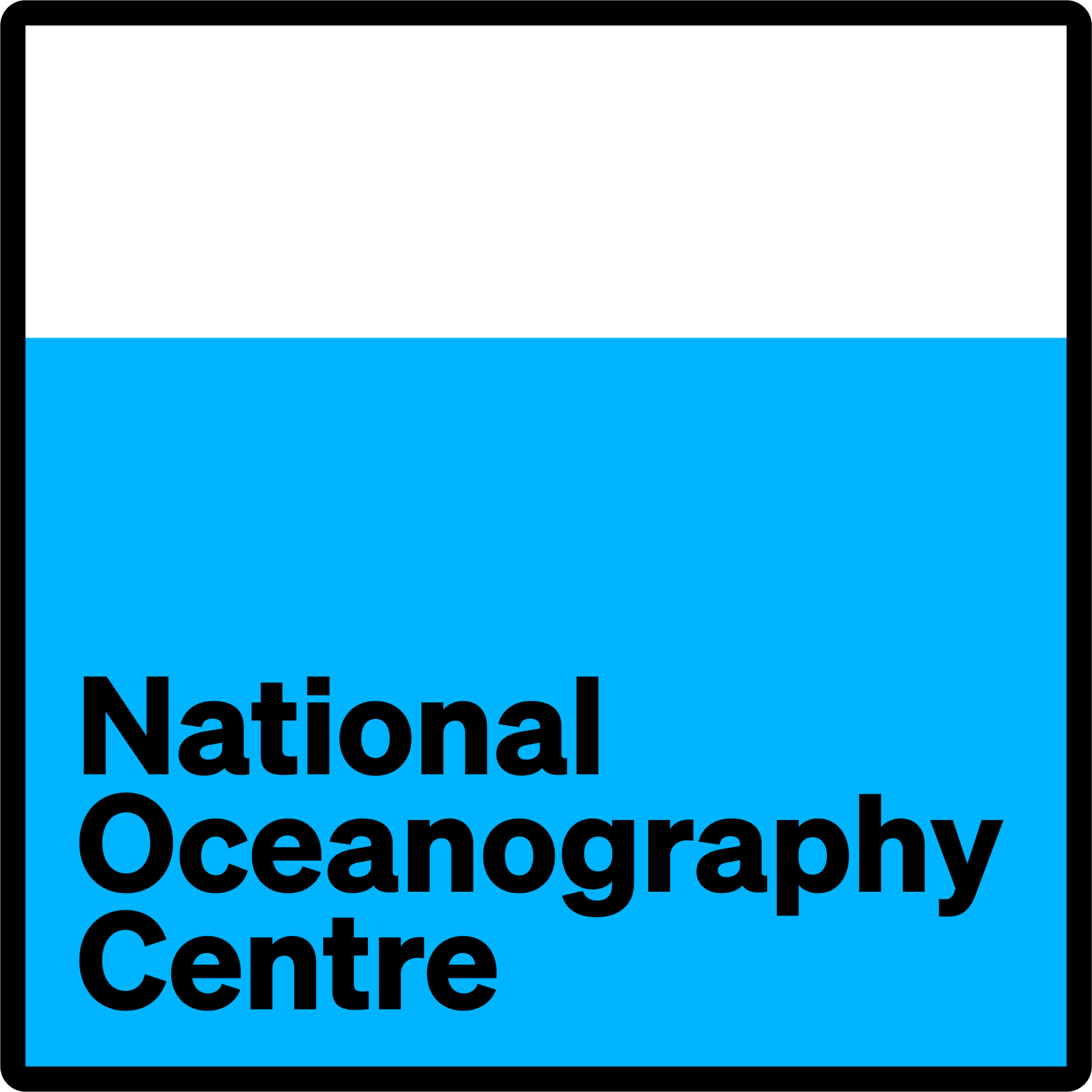A new Digital Twin for biodiversity monitoring
We built a pilot digital twin of the Haig Fras Marine Protected Area (MPA) to support the monitoring of its biodiversity and to create a real-world test of the IMFe recommendations. Monitoring biodiversity is critical to determining whether the conservation objectives of the MPA are being met. This case study is an important exemplar of the application of digital twins to environmental management, and employs seabed imaging, a digital data type employed in marine monitoring that is growing in popularity.
The twin is primarily designed to enable conservation decision makers (e.g., the UK’s Joint Nature Conservation Committee) to assess changes in habitats, biodiversity and species of interest over time, presenting results graphically and enabling a high degree of user interactivity. It allows users to plan more effective future surveys, by helping them to understand the value of existing information and by determining the number of future observations required to make reliable assessments of biodiversity change. The twin integrates seabed imagery and bathymetry with data about biodiversity, habitats, chemistry, geology and human activities, from site-specific and European sources.
Future modifications could include connections between digital twins of multiple MPAs to provide conservation metrics at a regional level, or connections to digital twins of ocean conditions and climate to forecast biodiversity based on a range of possible future scenarios.
The importance of interoperability
The vision is to enable a ‘system of systems’ approach, whereby multiple digital twins can work together to yield innovative solutions to real-world problems. To realise this, digital twins must be able to interoperate with each other, implying adherence to common standards and principles. A previous influential study published a set of recommendations (Siddorn et al., 2023) for developing an information management framework for environmental digital twins (or ‘IMFe’), based on requirements from several related environmental digital twin projects, including IceNet from the British Antarctic Survey and LandInsight from the Centre for Ecology and Hydrology.
Impact findings
The outcomes of the project have been presented and discussed with multiple stakeholders in government and industry. In particular, the demonstrator digital twin of the Haig Fras Marine Protected Area has been co-designed with potential end users in Defra and the Joint Nature Conservation Committee, the body responsible for monitoring the UK’s MPAs. Additionally, the project facilitated discussions with a wider range of stakeholders, including the Met Office, the Digital Twin Hub, the Alan Turing Institute and others. These discussions are being sustained through follow-on projects funded as part of the NERC/Met Office TWINE programme.
BODC Datasets
| Title | Year Published | Link |
|---|---|---|
| Greater Haig Fras autonomous underwater vehicle seafloor survey – raw images (2012). | 2023 | https://www.bodc.ac.uk/data/published_data_library/catalogue/10.5285/09… |
| Greater Haig Fras autonomous underwater vehicle seafloor survey – mosaicked image tiles used to assess benthic assemblages and seabed types (2012). | 2023 | https://www.bodc.ac.uk/data/published_data_library/catalogue/10.5285/09… |
| Processed multibeam bathymetry grids from the Whittard Canyon and Haig Fras (JC166/7, 2018). | 2023 | https://www.bodc.ac.uk/data/published_data_library/catalogue/10.5285/f3… |
Buck, J.H., Siddorn, J., Blair, G., Boot, D., Byrne, J., Kingdon, A., et al., Winfield, K. (2022) Developing an Information Management Framework for Environmental Digital Twins (IMFe). AGU Fall Meeting Chicago Il USA 12–16 Dec 2022.
Buck, J.H., Siddorn, J., Blair, G., Blower, J.D., Byrne, J., Durden, J.M., et al., Scott, R. (2023) Piloting the concept of an Information Management Framework for Environmental Digital Twins (IMFe) and connecting the results to the UN decade DITTO programme. AGU Fall Meeting San Francisco Ca USA 11–15 Dec 2023.
Durden, J., Schoening, T., Curtis, E., Downie, A., Gates, A., Jones, D., et al., Bett, B. (2024) Defining the target population to make marine image-based biological data FAIR. Ecological Informatics. https://doi.org/10.1016/j.ecoinf.2024.102526
Kingdon, A., Buck, J.H., Siddorn, J., Blair, G., Kokkinaki, A., Blower, J., et al., Bryne, J. (2023) An Information Management Framework for Environmental Digital Twins (IMFe) as a concept and pilot. EGU General Assembly, Vienna, Austria. 23–28 April, 2023.
Siddorn, J., Blair, G., Buck, J.H., Kingdon, A., Kloker, A., Kokkinaki, A., et al., Winfield, K. (2023) An Information Management Framework (IMFe) for Environmental Digital Twins. NOC report for Natural Environment Research Council (UKRI) under the project: Towards An Information Management Framework for Environmental Digital Twins. Southampton: NOC. https://doi.org/10.5281/zenodo.7004351






